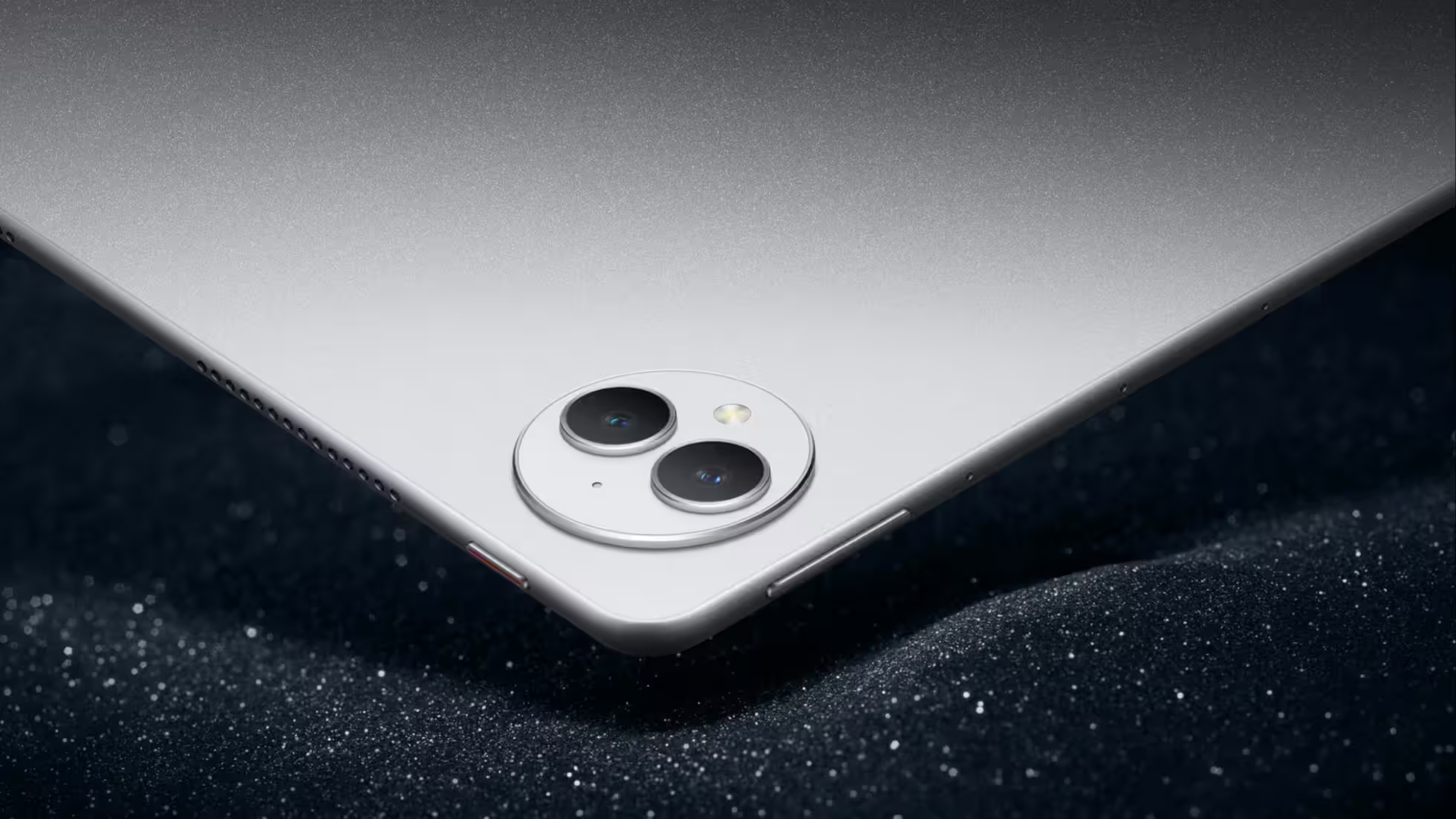HarmonyOS Is Still Far from Being a Productivity Tool

In September, the Huawei Mate70 series and Apple’s iPhone 16 series will be hot topics, with “far ahead” and “highlight moments” becoming buzzwords. Seeing media reports consistently criticizing the iPhone series for lacking innovation and praising the Huawei Mate series for its breakthrough innovations, as a long-time Apple ecosystem user, I too am tempted to switch to the Huawei ecosystem. It must be admitted that Huawei indeed excels in hardware. Whether it’s design, craftsmanship, or materials, Huawei can match Apple in many ways. Particularly in device interoperability, Huawei outperforms Apple.
However, compared to Apple, Huawei has two significant shortcomings. First, there are too few developers for the HarmonyOS, with few third-party apps available, especially major office applications. Only WPS has adapted to HarmonyOS 4.0; other word processors, programming applications, and multimedia editing software are almost non-existent in native versions. Secondly, while many domestic and international super apps can function through AOSP compatibility, Huawei has announced that it will remove AOSP in the HarmonyOS NEXT version, leaving the adaptation of third-party apps, particularly from overseas, a big unknown.
Overall, at this point, from the perspective of office scenarios and productivity applications, the Huawei ecosystem cannot yet replace the Apple ecosystem, and even lags significantly behind Android and Microsoft ecosystems. Perhaps only after Huawei completely abandons AOSP and the third-party ecosystem truly flourishes, HarmonyOS will be considered a true success.
Windows, macOS, iOS, Linux, Android, and Unix are the current mainstream operating systems. Compared to these, HarmonyOS is still very young. However, HarmonyOS does have some latecomer advantages, such as the recently launched StarFlash technology, which combines Bluetooth and WiFi features, greatly enhancing the experience of using styluses, screen casting, audio, and video playback. From the outset, HarmonyOS has considered multi-end adaptation and the Internet of Everything. In its 1+8+N product planning, the smartphone is placed at the center, which is significantly different from other operating systems but aligns well with future trends, as mobile terminals are the core of the digital world.
It’s been only four years since Huawei announced HarmonyOS, and its completeness is already very high. Aside from PCs, HarmonyOS has been adapted to almost all other smart terminals, including smartphones, tablets, car systems, smart homes, headphones, watches, smart glasses, and more. Furthermore, Wang Chenglu, head of HarmonyOS, has stated that HarmonyOS will be adapted to PCs in 2024, filling in the last piece of the puzzle for the Harmony ecosystem. From this perspective, developing an operating system is not difficult. The real challenge lies in building a good ecosystem on top of the operating system, attracting more third-party developers to create applications that meet user needs.
Huawei must ensure a positive feedback loop in the development and promotion of HarmonyOS, which is key to success. By continuously improving the performance and features of HarmonyOS, attracting more developers to the ecosystem, expanding device coverage, enhancing user experience, and actively collaborating with partners, Huawei can achieve market share growth and sustainable ecosystem prosperity. This positive loop will help ensure that HarmonyOS achieves long-term success in the highly competitive technology field and provides users with a superior digital experience.
Published at: Aug 31, 2024 · Modified at: Dec 11, 2025


